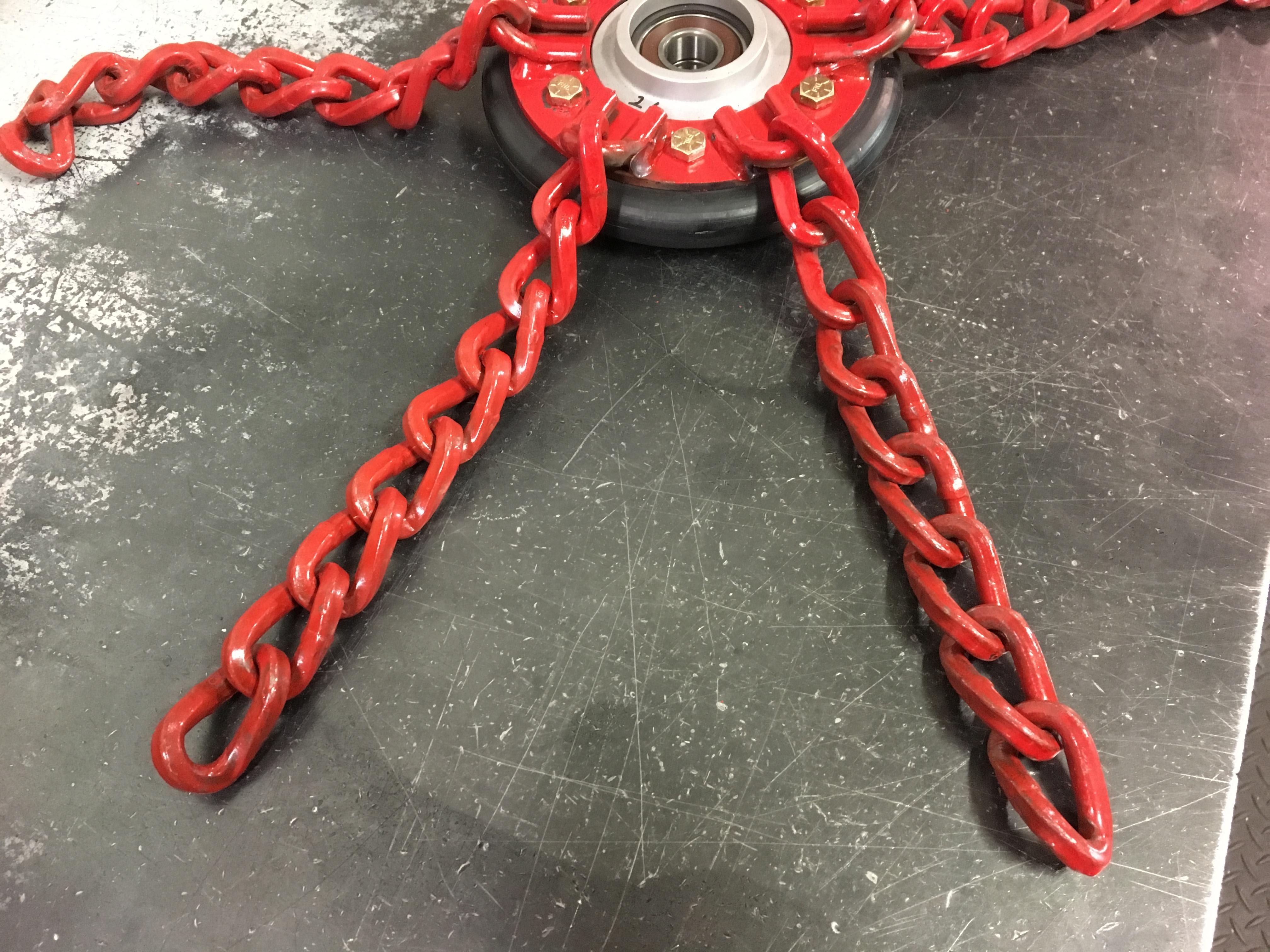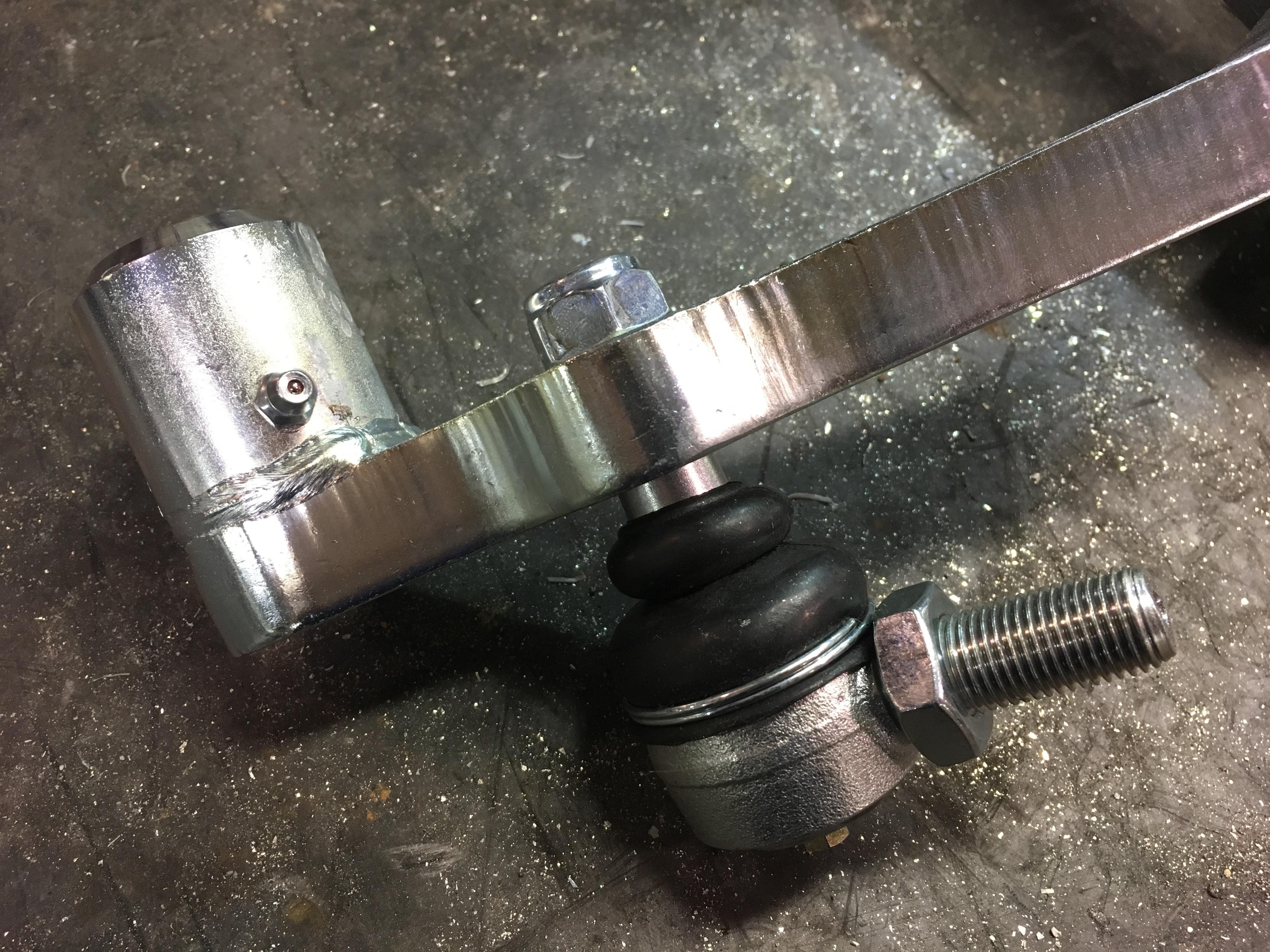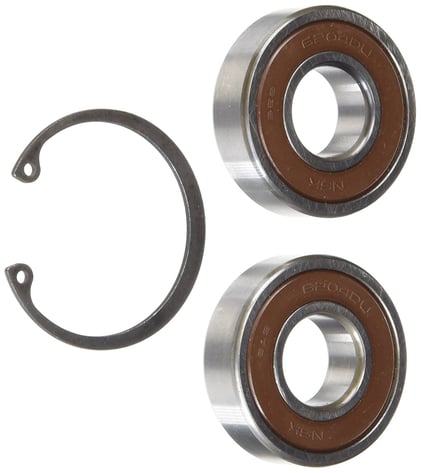It’s February and the groundhog saw his shadow. Six more weeks of winter or so they say. Here at Onspot, show season is starting to ramp up. Soon you will find us at a variety of trade shows throughout the US and Canada ranging from Fire/EMS to Municipal and School shows. These are just a few types of trade show events we will be attending this year. Additionally, we will also be traveling to promote Onspot maintenance and driver training throughout our territories.
Interesting and sometimes lively discussions always arise at these trade shows and training sessions. When it comes to the Onspot automatic tire chain system, it is always fascinating to hear some of the myths, misconceptions and other nonsense that surrounds our product. Regardless of where these ideas originate from, the following post is written to provide better insight and understanding into the how and why about the Onspot system and to debunk the myths and misconceptions, starting with the biggest one of all.
Myth: Onspots do not work in reverse.
This is heard quite often at trade shows and it is interesting because when the Onspot system is properly installed and activated, the chain wheel makes contact with the tire side wall at the tire centerline. Therefore, because the system makes contact with the tire in this manner, the chain wheel has the ability to spread the chains under the tire in both the forward and reverse directions.

There are some who also believe that the use of our “directional” chain makes the system only operate in one direction. A better term might be twist link chain. Simply stated, it means that the chain link ends have the ability to lock into one another and the twist allows the leading edges of the chain to dig or bite into the ice and snow instead of simply “rolling” between the tire and road surface like flat chain. Similar to directional tires, these twisted chains can be used in forward and reverse with a slight advantage going to forward motion which is the direction of travel for most drivers 90% of the time.
Tech Tip: If the Onspot chain system will be used on a vehicle that sees a lot of driving in reverse, for example, yard tractors and home fuel delivery, the chain wheels can be switched so the traction advantage is in the reverse direction.
Myth: Onspots do not have pivot points that can be greased.
The Onspot system contains two pivot points per side, the arm pivot and the angle joint. Due to the variety of vehicles we fit and the varying conditions that these vehicles run in, Onspot offers three different chain system options all with pivot points that can be greased. Our standard chain system uses a through bolt design for an arm pivot while the brass cap and extreme duty units use a one piece arm.


Regardless of arm pivot type, all of these chain systems have a zerk fitting at this location. When it comes to the angle joint, Onspot chooses to use a threaded plug at this pivot point. The angle joint is the lowest point on the Onspot system and, in some cases, is the lowest point on the chassis which is why Onspot chooses to plug this fitting. The threaded plug, however, can be removed and replaced with a zerk fitting, the angle joint greased, and then the zerk fitting can either remain or be replaced again with the plug.
Myth: Onspots do not have replaceable chain strands and the chain wheel cannot be greased.
While this statement is true, there are reasons why we do not offer either one of these so called “features” that are promoted by others. Let’s look at the first “feature,” individual replaceable chain strands. At first this seems like a good idea, however, one should ask why would you have to replace one chain (or even two) strand(s)? If the system is new or fairly new, then there is another underlying issue, perhaps the chain wheel is not at centerline or the system is being engaged too fast. Regardless, replacing individual links will not solve this problem. If the chain system has been in use for some time, replacing individual links is also not as cost effective as it may seem. For today you may replace one strand and perhaps another strand next month, etc. It is the equivalent of only changing one or two spark plugs on a V6 engine.
Then, there is the grease fitting for the chain wheel bearings. Unlike other automatic tire chain systems, the Onspot chain wheel uses two bearings that are completely sealed on both sides.

That being said, the only way to truly grease these bearings properly is by removing the seal and packing the bearing with grease. In the case of the Onspot system, even if the chain wheel bolt were to rust to the bearings, the chain wheel would still continue to spin as it is the inside of the bearings doing the work. If anything, anti seize could be used on the chain wheel bolt to keep this from happening, however, the sealed bearings remain maintenance free.
As with any system with moveable parts and pieces especially a system like Onspot that is used in the worst possible conditions proper operation, maintenance, and parts replacement help the longevity of the automatic tire chain system.


